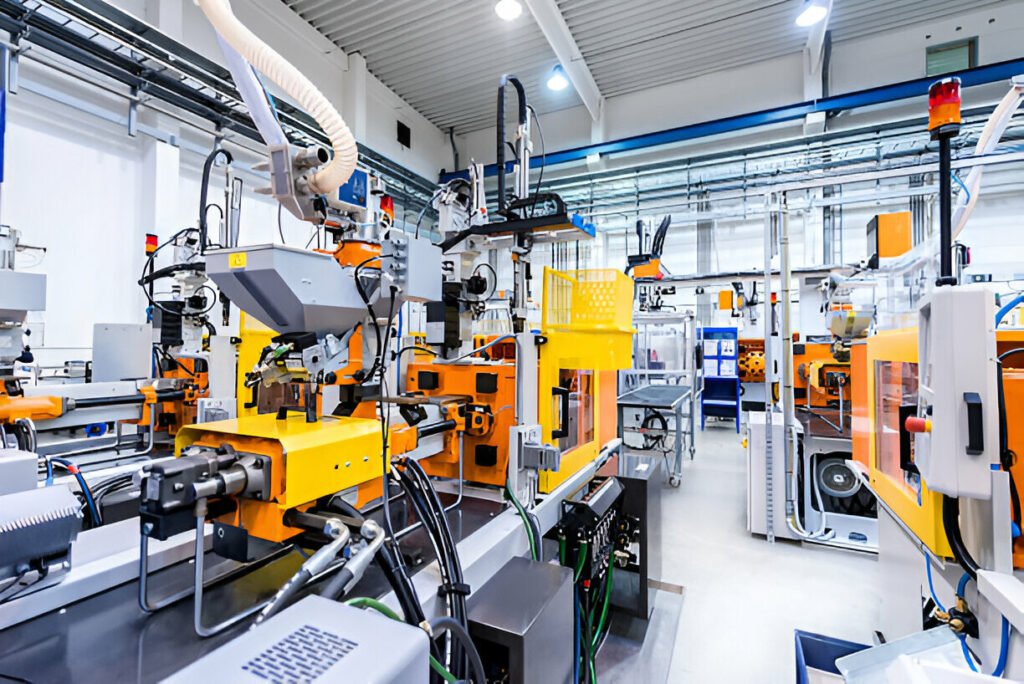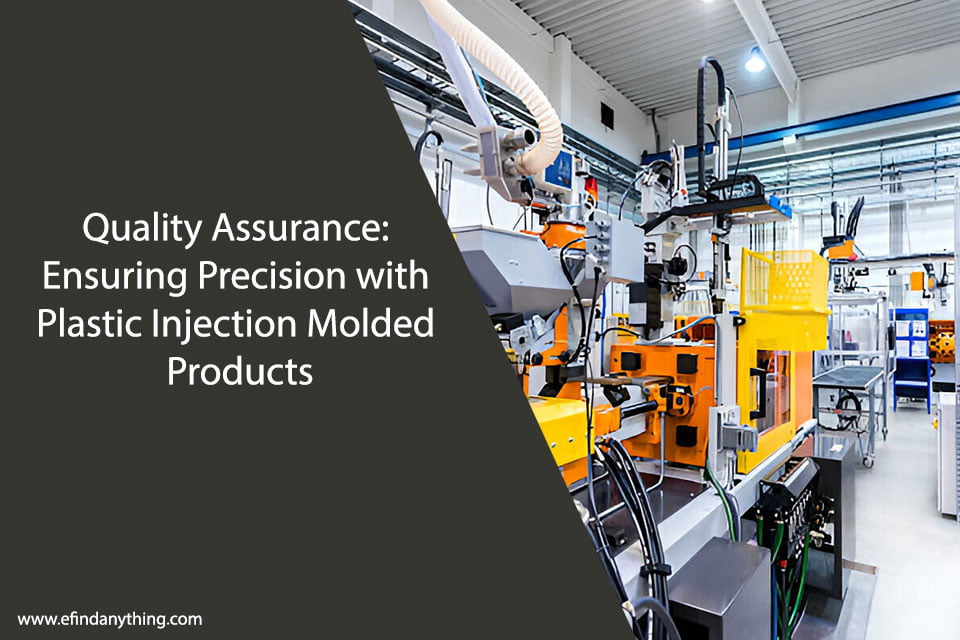
Plastic injection molding is a highly versatile manufacturing process that produces complex and precise components. To achieve high-quality results, robust quality assurance (QA) practices are crucial.
This article explores the key aspects of QA in plastic injection molding, focusing on material selection, mold design, process control, inspection techniques, defect analysis, regulatory compliance, and continuous improvement. Understanding these elements ensures that manufacturers consistently deliver Plastic Injection Molded Products that meet or exceed customer expectations. High standards of QA are essential to maintaining a competitive edge in the market.
Table of Contents
Material Selection and Testing
The foundation of quality in plastic injection molding begins with selecting the right materials. Different polymers exhibit varied properties, such as tensile strength, thermal resistance, and chemical compatibility. Therefore, choosing the appropriate material is essential to meet the specific requirements of the final product.
Material selection must also consider factors like cost efficiency and availability. Once a material is selected, rigorous testing is conducted to ensure suitability. Tests include verifying the polymer’s mechanical properties, assessing its melt flow index, and evaluating its behavior under stress. This step ensures that the material can withstand molding and perform reliably in its intended application.
Mold Design and Fabrication
The design and fabrication of the mold are critical to producing high-quality plastic parts. Precision in mold design directly impacts the dimensional accuracy and surface finish of the final product. Advanced computer-aided design (CAD) software is used to create detailed mold designs that account for factors like shrinkage, cooling rates, and material flow.
Mold designers must consider the ease of part ejection and the longevity of the mold. Mold fabrication involves machining the mold components highly, typically using CNC (Computer Numerical Control) machines. The quality of the mold must be verified through inspections, and trial runs to ensure it meets the specified tolerances and performs consistently during mass production.
Process Control and Monitoring
Maintaining tight control over the injection molding process is vital for ensuring product quality. Key parameters such as temperature, pressure, injection speed, and cooling time must be precisely controlled and monitored. Modern injection molding machines are equipped with sophisticated sensors and control systems that enable real-time monitoring and adjustment of these parameters.
This control level helps minimize variations and defects in the final product. Process validation is essential for QA, involving initial setup trials to establish optimal settings and ensure repeatability. Statistical process control (SPC) methods are also employed to monitor production runs, identify variations, and take corrective actions when necessary.
Inspection and Measurement Techniques
Accurate inspection and measurement are fundamental to verifying the quality of injection molded parts. Various techniques are employed to ensure parts meet design specifications and quality standards. These include:
Dimensional Inspection: Using tools like calipers, micrometers, and coordinate measuring machines (CMMs) to measure the dimensions of parts.
Visual Inspection: Detecting surface defects, such as flash, sink marks, and weld lines.
Non-Destructive Testing (NDT): Techniques like ultrasonic testing and X-ray inspection to detect internal defects without damaging the part.
These inspections are performed at different stages of production, from initial samples to final batches, to ensure consistent quality. Implementing a robust inspection regime helps in identifying potential issues early and reduces the risk of defective products reaching customers.
Defect Detection and Analysis
Identifying and analyzing defects is a crucial aspect of quality assurance in plastic injection molding. Common defects include warping, voids, short shots, and burn marks. Each type of defect has specific causes, such as improper material selection, mold design issues, or incorrect process parameters. Addressing these defects promptly is essential to maintain production efficiency and product quality.
Root cause analysis is conducted to determine the underlying reasons for defects. Techniques such as fishbone diagrams and failure mode and effects analysis (FMEA) help identify contributing factors and implement corrective actions. Continuous monitoring and improvement of the process helps minimize the occurrence of defects. By understanding and mitigating these issues, manufacturers can reduce waste and improve overall production efficiency.
Regulatory Compliance and Standards
Compliance with industry standards and regulations is essential for ensuring the quality and safety of plastic injection products. Standards such as ISO 9001 and ISO 13485 specify requirements for quality management systems in manufacturing. Adherence to these standards ensures that processes are well-documented, controlled, and continuously improved.
It also provides a framework for consistent quality and customer satisfaction. Regulatory compliance also involves meeting specific requirements for industries such as automotive, medical devices, and consumer goods. This includes adhering to safety standards, material certifications, and environmental regulations.
Continuous Improvement and Innovation
Quality assurance in plastic injection molding is not static. It requires continuous improvement and innovation. Lean manufacturing principles, Six Sigma methodologies, and other quality management practices are implemented to enhance process efficiency and product quality. Regular training and development programs for employees can also drive continuous improvement.
Innovation in materials, mold design, and processing technologies also plays a significant role in advancing quality. For instance, the development of new high-performance polymers and advanced mold materials can lead to better product performance and durability.
Ensuring precision in Plastic Injection Molded Products involves a comprehensive quality assurance approach that spans material selection, mold design, process control, inspection, defect analysis, regulatory compliance, and continuous improvement. By adhering to these principles, manufacturers can achieve high-quality, reliable products that meet the stringent demands of various industries.





